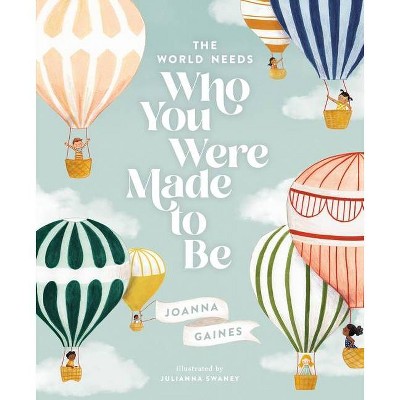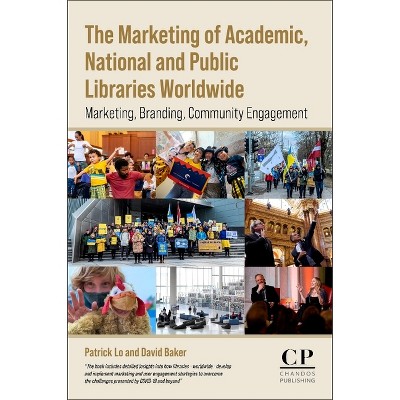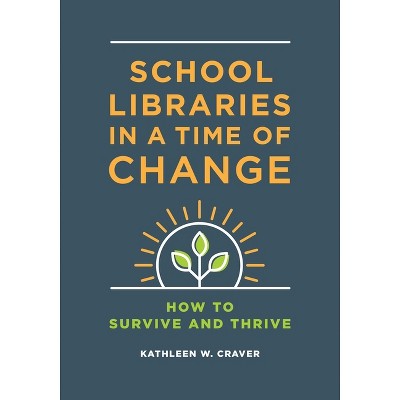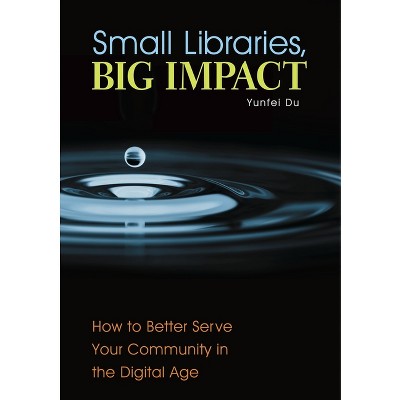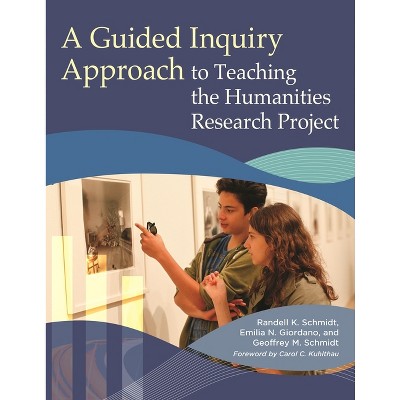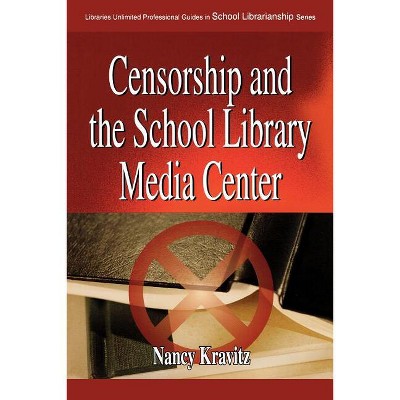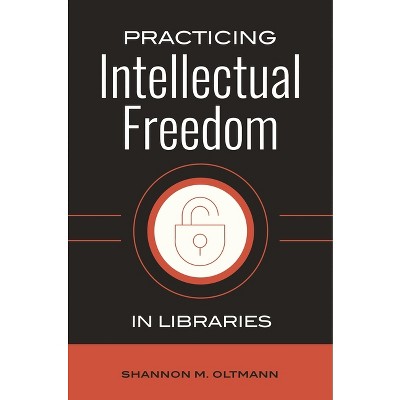Peer-Assisted Learning in Academic Libraries - by Erin Rinto (Paperback)

About this item
Highlights
- Written specifically for academic librarians and library administrators, this book identifies the myriad benefits of peer-assisted learning, exploring how the implementation of peer-assisted learning benefits information literacy instruction, cocurricular outreach, and reference services.
- About the Author: Erin Rinto is teaching and learning librarian at the University of Nevada, Las Vegas, where she coordinates the library instruction component of the English composition program.
- 232 Pages
- Language + Art + Disciplines, Library & Information Science
Description
About the Book
Written specifically for academic librarians and library administrators, this book identifies the myriad benefits of peer-assisted learning, exploring how the implementation of peer-assisted learning benefits information literacy instruction, cocurricular outreach, and reference services.
In this era of accountability--and stretched budgets--in higher education, librarians need to make instructional programming both highly effective and sustainable. Peer-assisted learning is a methodology that has long been accepted in teaching but is relatively new as applied to academic library instruction, outreach, and reference. This book brings together the most innovative applications of peer-assisted learning in these contexts, explaining specific ways to apply peer-assisted learning in a variety of academic library settings for maximum benefit.
This guidebook begins with an extensive literature review of the theoretical underpinnings of peer-assisted learning and the various benefits these programs can provide academic librarians and peer mentors. The bulk of the book's content is organized into three sections that address the subjects of information literacy instruction, cocurricular outreach, and reference services separately. Each section showcases real-world examples of peer-assisted learning at a variety of academic institutions. Through these case studies, readers can fully understand the development, implementation, and assessment of a peer-assisted learning program, and librarians and administrators will see the practical benefits of enriching the experiences of student employees. Practitioners will receive inspiration and guidance through chapters that discuss training activities, identify lessons learned, and explain the implications for further research.
- Introduces readers to a well-established and effective practice in higher education and demonstrates how it can be used in library-initiated programs
- Provides the means to extend library staff resources by incorporating student employees in instruction, outreach, and reference services
- Supplies practical examples--complete with assessments, administrative justifications and lessons learned--for training and assessing student peer mentors
- Offers justification for how peer-assisted learning programs provide student employees with rewarding and enriching opportunities that can benefit them academically, personally, and professionally
Book Synopsis
Written specifically for academic librarians and library administrators, this book identifies the myriad benefits of peer-assisted learning, exploring how the implementation of peer-assisted learning benefits information literacy instruction, cocurricular outreach, and reference services.
In this era of accountability--and stretched budgets--in higher education, librarians need to make instructional programming both highly effective and sustainable. Peer-assisted learning is a methodology that has long been accepted in teaching but is relatively new as applied to academic library instruction, outreach, and reference. This book brings together the most innovative applications of peer-assisted learning in these contexts, explaining specific ways to apply peer-assisted learning in a variety of academic library settings for maximum benefit. This guidebook begins with an extensive literature review of the theoretical underpinnings of peer-assisted learning and the various benefits these programs can provide academic librarians and peer mentors. The bulk of the book's content is organized into three sections that address the subjects of information literacy instruction, cocurricular outreach, and reference services separately. Each section showcases real-world examples of peer-assisted learning at a variety of academic institutions. Through these case studies, readers can fully understand the development, implementation, and assessment of a peer-assisted learning program, and librarians and administrators will see the practical benefits of enriching the experiences of student employees. Practitioners will receive inspiration and guidance through chapters that discuss training activities, identify lessons learned, and explain the implications for further research.Review Quotes
"Providing student employees with the appropriate training and guidance to assist the library is a win-win situation. . . . Fourteen case studies range from Research I universities to small liberal arts colleges, providing detailed guidance and experience for those in academic libraries ready to embark on these initiatives and partnerships. In a time when academic libraries are challenged to show their value to the educational vision and mission of the institution, peer-assisted learning becomes a pathway towards documented success and collaboration." --ARBA
About the Author
Erin Rinto is teaching and learning librarian at the University of Nevada, Las Vegas, where she coordinates the library instruction component of the English composition program.
John Watts is teaching and learning librarian at the University of Nevada, Las Vegas, where he works with faculty and students to integrate the library into the general education curriculum.
Rosan Mitola is outreach librarian for the University of Nevada, Las Vegas, where she collaborates with campus groups to integrate library collections and services into cocurricular educational experiences for students.





